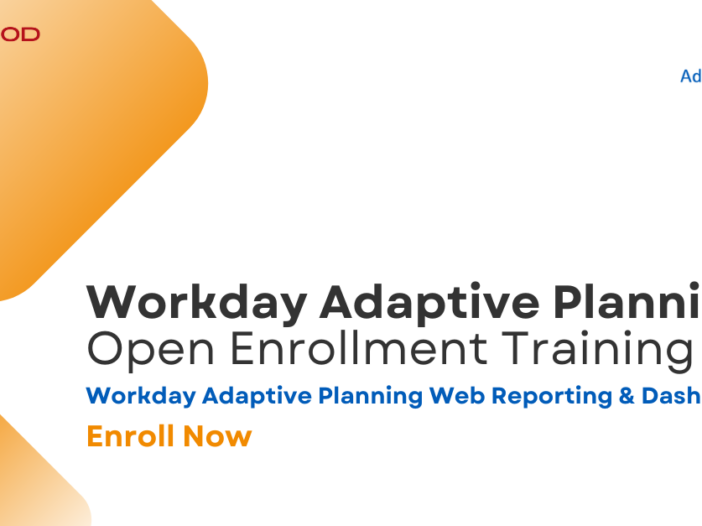Spread lookups are a functionality in Workday Adaptive Planning that are found on Modeled sheets. It allows the user to spread an amount over any number of periods by any percentage they would like. This functionality allows the user to customize their spread based on the dimension value they select on the front end of the sheet, creating a waterfall in the row details. Spread lookups are driven off dimensions, so once you add a dimension to a sheet, you will have the ability to create a spread lookup.
To create a spread lookup, you need to go to the columns and levels, select the dimension you want to base the spread off of, and then you will see this box.
Once you add a new spread lookup here, you’ll have the option to edit lookup values once you save the sheet. From here you are directed to a new page where you enter how many periods you want to spread the data and then you can enter in the percentages you would like to spread by. Once this is complete, you can go to the front end of the modeled sheet and view your spread there.
Revelwood is an award-winning, Platinum Solution Provider for Workday Adaptive Planning. We build solutions for the Office of Finance that minimize your risk by seamlessly incorporating business analytics into your everyday thinking. By combining the software with our best practices and out-of-the-box applications, we help businesses achieve their full potential with Workday Adaptive Planning.
Read more Workday Adaptive Planning Tips & Tricks:
Workday Adaptive Planning Tips & Tricks: Report Parameter Behavior
Workday Adaptive Planning Tips & Tricks: Greatest & Least Formulas







